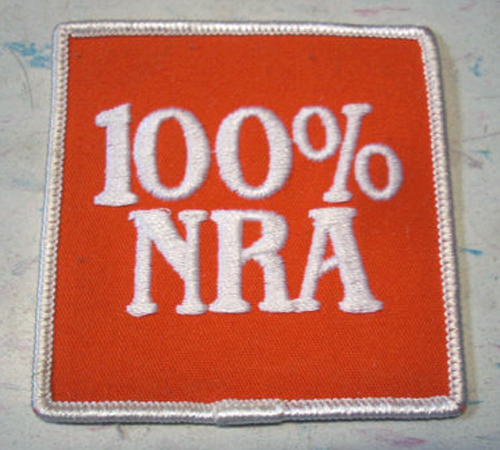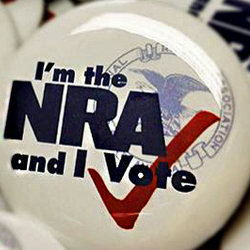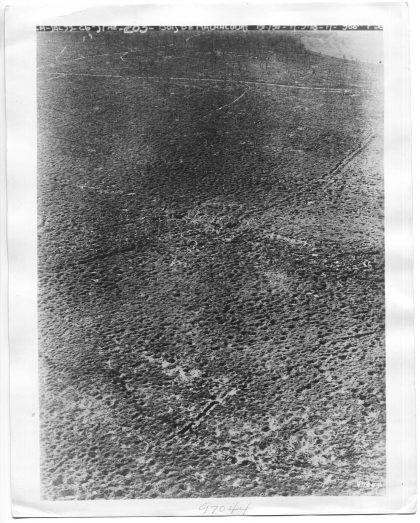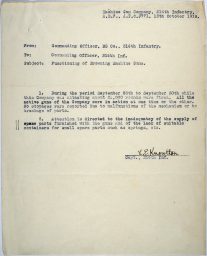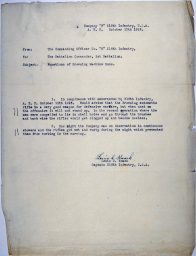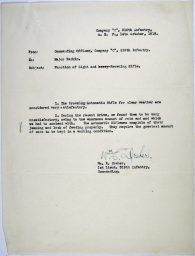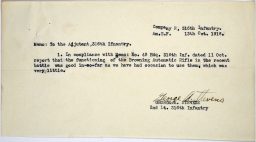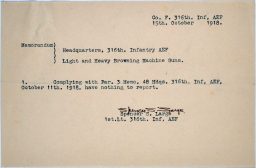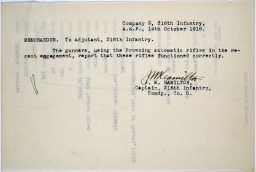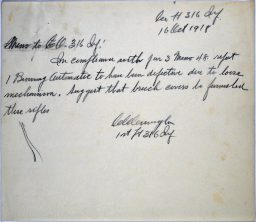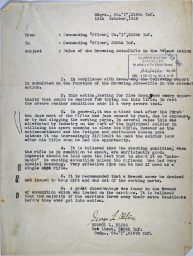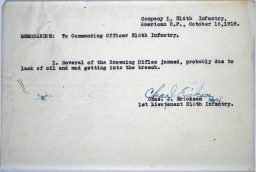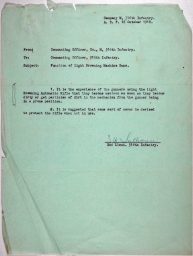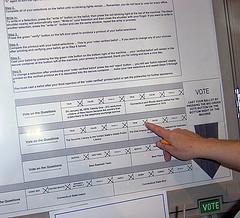First, let’s establish that I am not an attorney. I talk to lots of attorneys and even attend law seminars from time-to-time, but I have never studied law in any meaningful way. My post on this matter is because I have a gut feeling the use of DNA searching in the case of the Golden State Killer is probably new territory.
Second, let’s establish that though I’m not a geneticist, I am experienced enough in genetic genealogy that I can tell you mainstream media reporting on DNA testing is as terrible as it is on guns. Most reporters know absolutely nothing about the types of DNA that can be tested in the consumer market, how matching happens, what the policies on use are with those sites, and the limitations of DNA. DNA doesn’t lie, but it’s sure as hell misinterpreted – often. Add to the problem of reporters not knowing anything about it the fact that most of the people in front of the cameras from the police department and the district attorney also know nothing about it, and you’ve got a recipe for terrible reporting.
Based on some of the most detailed reporting that didn’t come out until late last night and this morning, the investigators did not use a commercial DNA testing company you commonly see advertised. In the US, the big ones are Ancestry.com, 23andMe, FamilyTreeDNA, and MyHeritage. Three out of the four confirmed in statements when the media started getting things wrong that they in no way cooperated with any criminal investigation with their DNA databases. While the fourth one didn’t issue a statement, the police didn’t use their private databases, either. All of them have pretty solid policies not cooperating without a warrant.
However, because these companies all offer different tools, many of which are useful in their own ways to us genealogists, but you can’t compare to someone who tested at another site, some folks built a website called GedMatch that’s sort of like a public open source comparison tool. It’s database is made up of people who have taken their raw DNA data from other companies that run the tests and upload them to be compared to each other. Why? Well, in cases like my grandfather’s, he only tested at Family Tree DNA before he died. If a great match tests at Ancestry, we can’t compare the two kits except at Gedmatch. (Technically there are a few alternatives now, but there weren’t for a long time. Gedmatch became the place to do it.)
The police created a raw data format that looked like one of the major testing company’s raw data forms based on the DNA sample recovered from a crime scene. Using that form, they uploaded it to Gedmatch as though it was a sample from one of the major testing companies. There’s nothing in Gedmatch’s terms that says you can’t “spoof” a major company format with data obtained elsewhere. The entire purpose of the site is to compare across testing platforms.
BUT, where things get interesting is that when you upload a kit at Gedmatch, you must answer a question:
Please acknowledge that any sample you submit is either your DNA or the DNA of a person for whom you are a legal guardian or have obtained authorization to upload their DNA to GEDmatch: Yes or No
Now, the officer who uploaded it 1) is not the source of the DNA, 2) is not the legal guardian of the suspect, and 3) does not have the authorization of the DNA sample provider to upload. Yet, s/he uploaded it anyway by directly misrepresenting his/her status as the legal representative with permission of the source of the sample.
Only with that misrepresentation did they find enough information to focus in on one subject and follow him around to find a source of publicly disposed DNA to run a direct test against the original sample using the traditional law enforcement test (CODIS).
Is the misrepresentation of who has permission to use a website under specific terms a violation on the part of police? I think it’s a reasonable argument to make, though I don’t know how much precedent we have in this area of law because we’re talking technology that most previous cases don’t really cover.
Now, GedMatch was also recently used to solve a Jane Doe victim status. I tend to believe that there’s a more solid case that police are legal representatives of an unidentified deceased victim in their “custody” than they are over a possibly still living suspect’s DNA sample. That said, any law enforcement use of the database makes people, understandably, uneasy. There have been calls for years for law enforcement to consider an opt in GedMatch-like database in order to solve John/Jane Doe cases with clear terms and conditions for those who opt in. Plenty of people are willing to help in those cases, and even in searches for criminals. But the authorities didn’t give people that option, they held themselves out as representatives of criminal suspects to gain access to a database.
In the context of guns, Sebastian & I figured it is most closely represented with this type of analogy:
A plainclothes cop shows up to your gated, private gun club and tells a board member that he has a document attesting that he’s a representative & there with permission of your club’s Membership Chairman and is just looking some things up on his behalf without ever disclosing that he’s law enforcement. He is allowed into the gated club only based on this form that says he really is representing your Membership Chairman, even though the officer really plans to investigate your Membership Chairman on a case not related to your club or its business. When he comes in, the officer looks through the guest log and sees a name he recognizes as similar to a felon known to him. He uses the information on the guest log to start following around your Membership Chairman to see if he’s allowing a felon to use his firearms. When it turns out to be the case, the cop sweeps in to make an arrest. Now technically the arrest is based on what he witnessed. But he never would have been following him if not for what he saw when he entered the gated property by falsifying documents that claim he was the Membership Chairman’s representative and was there with his permission. Is this a fruit of the poison tree problem?
I don’t know exactly how this will all play out, and I don’t know enough law to know if this is absolutely a violation. What I do know is that it violates ethics of the genetic genealogy community. While I understand that GedMatch doesn’t really have the same “gates” restricting access to its database as the commercial companies, the fact that they aren’t addressing the very real issue of how the cops represented themselves in order to be matched against others bothers me. That question in their upload process either means something or it doesn’t, and GedMatch isn’t taking it seriously. I made our kits private in the meantime.
As a final thought on DNA & crimes. I think it’s important to remember that as much as guns are misrepresented and therefore misunderstood, so is DNA.
DNA alone can tell you remarkably little without extra context and information. It doesn’t lie, but it is sure as hell misunderstood and treated as inappropriately damning. Consider that California was going to put a man away for life for a murder he absolutely did not commit based on the officer’s lack of detailed analysis in considering how DNA might have appeared on a victim. I mean we all “know” that if you find someone else’s DNA under a victim’s nails and they struggled, then that must be your assailant. It’s what tv tells us! Except what if the EMT called to the scene reuses a pulse oximeter on the victim that was used hours before on a man he took to the hospital? That was an important detail that nearly cost a man his life. Even in genealogy, something as obvious as a parent/child match? If you don’t know whether that parent has an identical twin, then you don’t have all of the information you need to make a sound conclusion.
It’s complex. And that’s why the media will f*ck it up almost every time they report on it – just like guns and gun owners.
UPDATE: The NYT has a decent article on the ethics & possible legality issue. A law professor who professes to know about DNA searches says there may be questions about the legality of the evidence. I’m going to assume that’s why they went after the other samples so that any warrants were technically issued on those grounds rather than the legally dubious GedMatch grounds.


